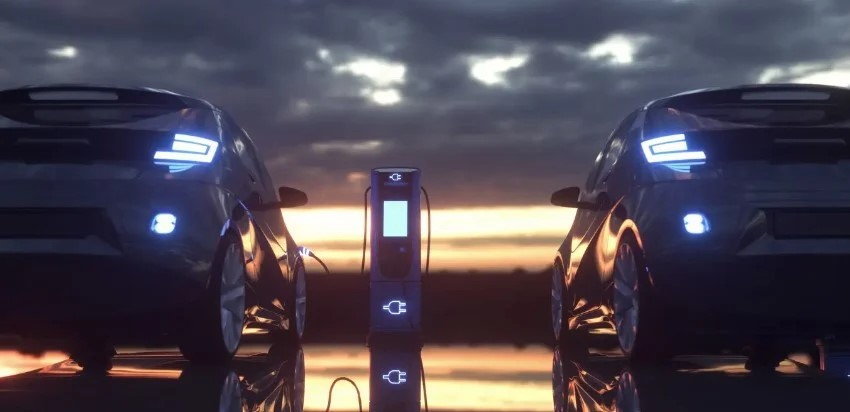Maryland Adopts V2G Interconnection Rules for EVs: A Step Towards Decarbonisation
Key Ideas
- Maryland Public Service Commission unanimously adopts V2G Interconnection Rules to accelerate transportation decarbonisation and grid integration.
- Guidelines specify provisions for V2G system definition, rules for DC and AC systems, and interconnection processes for bidirectional charging systems.
- Rules effective from July 7, 2025, aim to support developers of bidirectional charging systems and signal state support for scalable V2G AC systems.
- VGIC commends Maryland for providing regulatory certainty and options for the nascent industry, highlighting the importance of the newly adopted guidelines.
The Maryland Public Service Commission has recently approved a set of vehicle-to-grid (V2G) interconnection rules aimed at advancing the decarbonisation of transportation and grid integration. These rules, outlined by the US Vehicle-Grid Integration Council (VGIC), cover both DC and AC systems and include key provisions such as defining V2G systems, subjecting DC systems to existing energy storage rules, and providing options for AC V2G systems to seek utility interconnection. The guidelines also streamline the interconnection process for bidirectional charging systems, allowing customers to use charging stations before a V2G programme is established. Effective from July 7, 2025, these rules are set to support the development of bidirectional charging systems and signal Maryland's support for scalable V2G AC systems. VGIC has expressed appreciation for the regulatory certainty provided by Maryland and looks forward to similar efforts in California, Nevada, and other core states.
Topics
Utilities
Renewable Energy
Clean Energy
Technology
Electric Vehicles
Regulations
Energy Storage
Market Development
Policy Advocacy
Latest News
